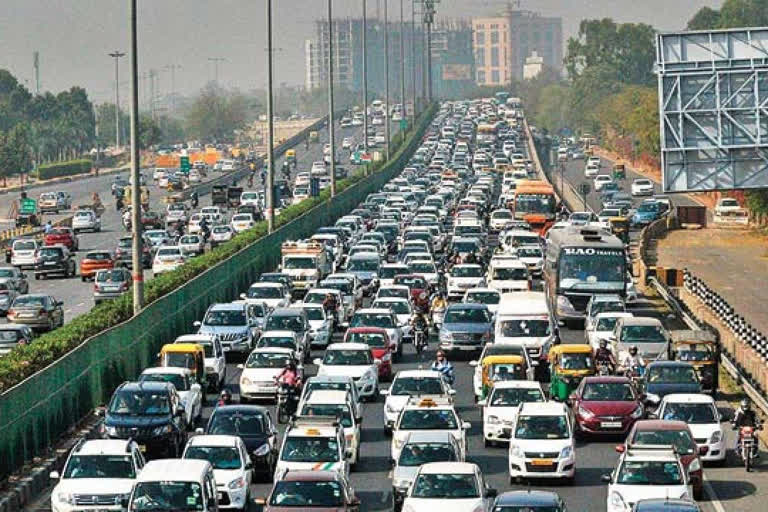Hyderabad: Road crashes are not simply 'accidents'. They are the result of a systematic failure to sufficiently value safety as part of mobility.
Nearly 1.35 million people die each year and 50 million people are seriously injured in road crashes, which is more than AIDS and malaria combined.
Road crashes are the leading cause of death for children and young adults aged 5-29.
93 per cent of road fatalities are in low- and middle-income countries.
Road deaths and injuries cost developing countries between 3 per cent and 5 per cent of GDP, jeopardizing their development prospects.
Read:| 'India accounts for 11% of global deaths in road accidents'
The Sustainable Development Goals contain two targets specifically on safe and sustainable mobility, in goals relating to health (SDG3) and sustainable cities and communities (SDG11).
An estimated 42 per cent of the 105,000 road traffic deaths recorded annually in the 56 countries of the UNECE region occur in built-up areas (2017 figures).
At the global level, urban areas will grow by more than 50 per cent over the coming 30 years, with the majority of this expansion occurring in Africa and Asia.
This underlines the need to actively address road safety in cities everywhere.
Top tips to improve road safety, especially in low- and middle-income countries
- Develop sustainable urban mobility plans: Cities need to promote a consistent set of mobility interventions, keeping sight of the needs of commuters and all categories of citizens. Sustainable urban mobility plans, designed in consultation with local communities, can create a framework where the different modes of transport, including public transport, motorized and non-motorized transport, coexist and complement each other to create safe mobility options for all. Integrating gender equality and affordability considerations in all related policymaking is a key dimension.
- Develop cycling and walking: Invest in cycling and walking infrastructure to create safe, efficient, and low-carbon mobility in cities. Ministers from over 40 countries took an important step in this direction this week by adopting the first pan-European Master Plan for Cycling Promotion. Doubling the current level of cycling would prevent 30,000 premature deaths (primarily from increased physical activity) with indirect economic benefits amounting to €78 billion per year.
Read:| At least 36 killed in China road crash
- Inclusively design streets to protect the most vulnerable: More than 50 per cent of roads lack basic infrastructure for the safe movement of pedestrians, cyclists, motorcyclists, and vehicle occupants. Improving the 10% highest-risk roads in each country over 20 years, through the implementation of footpaths, safety barriers, bicycle lanes and paved shoulders, has the potential to prevent around 3.6 million deaths and 40 million serious injuries. Optimizing the cohabitation of road users and putting the human at the centre of city design policies should be the norm.
- Build capacity for road safety: Train enforcers and equip them to ensure laws are effectively respected. Ensure safe school surroundings by adding crossing monitors at crucial locations, safe crossings, and reducing speeds. Revise drivers licensing procedures for professional and non-professional drivers so that they are adequately prepared behind the wheel.
- Provide safety equipment for the most vulnerable: Motorcycle helmets reduce the risk of fatal head injuries by about 60 per cent. Child restraint systems reduce the risk of fatalities by 40 per cent, the risk of severe injury by 35 per cent and the risk of minor injuries by 20 per cent.
- Develop post-crash protocols and services: To ensure citizens know which emergency services to call after a crash and that the services can get there quickly.
- Improve data: Collecting and analysing high-quality data and statistics are essential for road safety management. Use technology to identify and track traffic crashes and causes and ensure continual management, monitoring and improvement.
Read:| Bus crash in Russia kills 7, including 4 children
- Raise awareness on urban public space use: Awareness-raising campaigns can play an important role in educating citizens on safe and sustainable mobility and the different uses of the public space.
- Be part of a city network: To exchange Road Safety best practices and share data.




